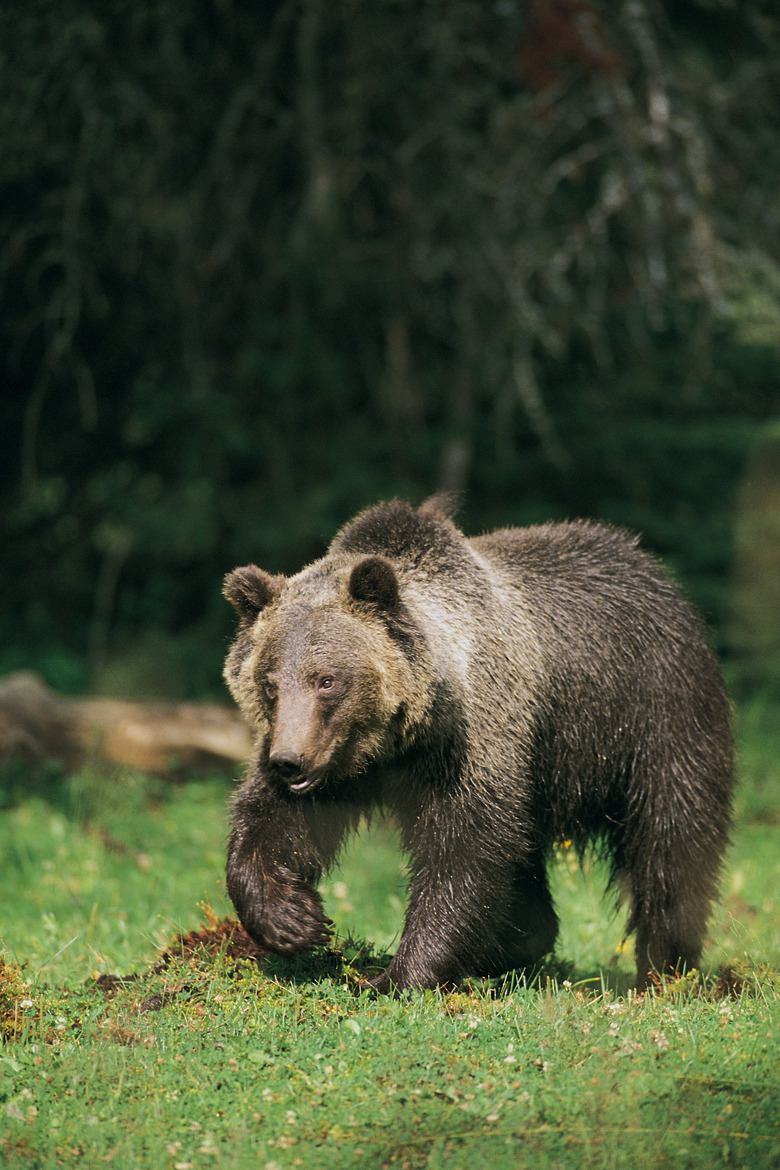Fun Facts About Hibernation And Bears For Preschoolers
Black and brown bears have some pretty interesting sleeping and eating habits, especially during the winter. These bears are a perfect example of how animals in the wild adapt to survive challenging conditions. Sharing some of these fun bear hibernation facts is sure to spark your preschooler's interest.
Which Bears Hibernate?
Which Bears Hibernate?
Black and brown bears hibernate, but polar bears do not. Bears are not the only creatures to sleep for long periods of time during the colder months of the year. Chipmunks, ground squirrels, hedgehogs, skunks, raccoons, bats, turtles, frogs, snakes, ladybugs and some fish also hibernate during the winter.
How Long do Bears Hibernate?
How Long do Bears Hibernate?
According to Yellowstone National Park Service, hibernation lengths vary greatly, depending on the latitude of the bear's location. For instance, black bears in Mexico may only hibernate for a few days or weeks, while the same type of bear hibernates for at least half of the year in Alaska.
What do Bears Eat Before Hibernation?
What do Bears Eat Before Hibernation?
A bear has to eat a lot before settling down to sleep for the winter and will eat all day and night to bulk up. Brown bears can eat up to 90 pounds of food a day during this time. They will eat grass, roots, berries, fish, insects and small animals. Black bears can gain up to 30 pounds per week during this pre-hibernation time. Some bears even collect food to store inside their den.
Grizzly bears and black bears do not get up to eat or eliminate during hibernation months. Instead, they use body fat to sustain themselves. Their bodies actually recycle fat metabolism byproducts and use it to build protein for their muscles and tissues. Their bodies create a kind of plug to keep the digested food inside, preventing wastes from leaving the body while they sleep.
What is a Bear's Body Temperature During Hibernation?
What is a Bear's Body Temperature During Hibernation?
When bears are not hibernating, their body temperature is around 100 to 101 degrees Fahrenheit. However, when they settle in for the long, deep sleep, their body temperature will drop to about 88 degrees. Some other animals drop their body temperature way below their normal active temperatures, and they must allow their bodies to warm up upon waking before they can move. Sometimes these other animals take days before they can become active again.
Breathing and Heart Rate During Hibernation
Breathing and Heart Rate During Hibernation
During bears' normal awake period, they will breathe about six to ten times a minute. Once they are in hibernation mode, they will only take a breath once every 45 seconds or so. A bear's heart rate will also go from 40 to 50 beats a minute in non-hibernation mode to eight to 19 beats per minute during hibernation.
Follow the Leader
Follow the Leader
When bears are heading into the den to hibernate, they follow an order. The "line leaders" are the pregnant females. Next come the females with cubs, followed by the teenage bears and lastly the male bears settle in. When it's time to come out of the den around the first couple weeks of March, the bears come out in the reverse order that they went in, with the adult males first and the mothers with new cubs coming out last.
Having Babies During Hibernation
Having Babies During Hibernation
Pregnant black bears may or may not wake up when their cubs are being born during hibernation. She goes back to sleep afterward and only wakes occasionally to take care of the baby or babies. She can have one to five cubs at a time. The cubs are blind and have no fur, but keep themselves warm in the mother's fur and nurse when they need to. They grow and get fat rather quickly.
Cite This Article
MLA
Revermann, Susan. "Fun Facts About Hibernation And Bears For Preschoolers" sciencing.com, https://www.sciencing.com/fun-hibernation-bears-preschoolers-12279060/. 30 September 2021.
APA
Revermann, Susan. (2021, September 30). Fun Facts About Hibernation And Bears For Preschoolers. sciencing.com. Retrieved from https://www.sciencing.com/fun-hibernation-bears-preschoolers-12279060/
Chicago
Revermann, Susan. Fun Facts About Hibernation And Bears For Preschoolers last modified March 24, 2022. https://www.sciencing.com/fun-hibernation-bears-preschoolers-12279060/
